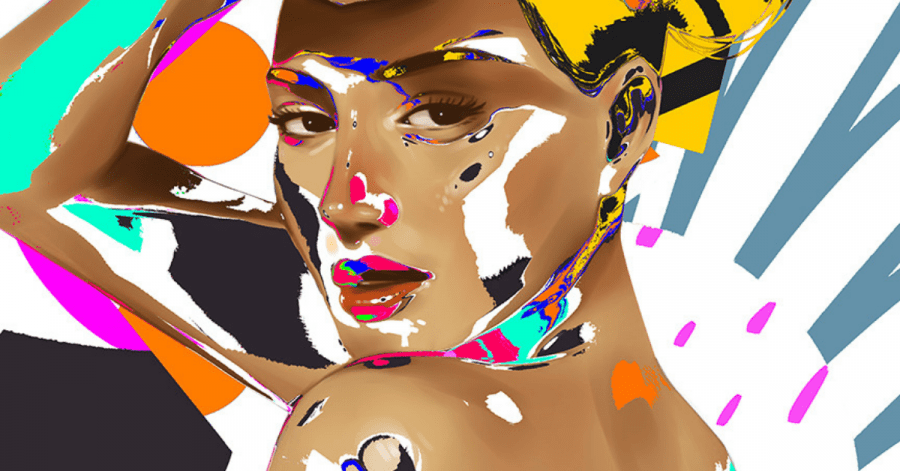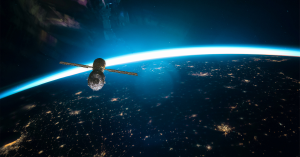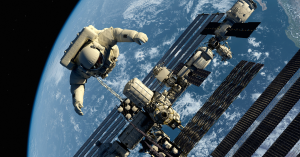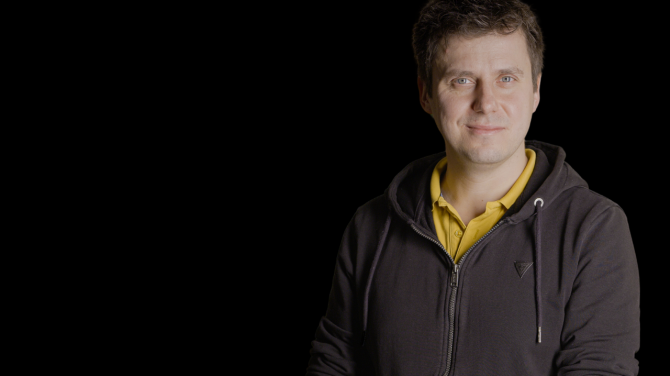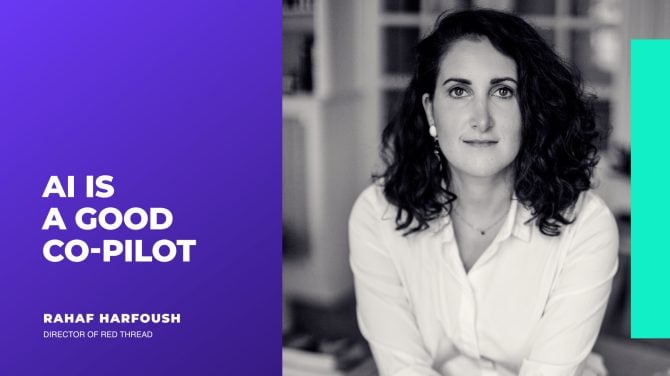“The NFT world is probably the most dynamic space in the world right now, everything moves extremely fast. We often joke that 1 day in NFTs equals 1 week in the real world,” says artist, illustrator, and designer Kaloian Toshev. Despite the numerous use cases available today, NFTs started as art. With the arrival of NFT marketplaces, digital artists have found a new medium to promote and sell their art. In fact, the digital art market jumped from a niche one to almost catching up with the conventional art market, at $41 billion.
Pavlina Zlateva, NFT, Blockchain and Crypto Marketing Strategist, further shares a short timeline of the evolution of NFT art: “The first NFT named “Quantum” was created in 2014 and sold for $4. In 2021, it was auctioned by Sotheby’s for $1.4 million. The same year, crypto sales surged to over $20 billion as compared to $100 million in 2020. Today, NFT collections are the new hype, with CryptoPunks being the most sold collection last year and the Bored Ape Yacht Club taking it over this year.”
Many artists have welcomed NFTs as an innovative way of communicating their art, engaging communities, and doing business. Even so, jumping on that bandwagon has not been a straightforward recipe for fast success. For Cosmin Voisan, Co-Founder and Project Lead at NFTMuseum.io, an NFT Marketplace, multichain aggregator and NFT virtual exhibition creator, one reason that artists quit NFTs too early is that they don’t have a clear strategy and action plan before they start.
In this NFT guide, we explore the benefits that NFTs bring to the art community, what steps digital artists can follow to launch and promote NFT projects successfully, and what mistakes to avoid.
Breaking barriers in the art community
Briefly, non-fungible tokens (NFTs) consist of cryptographically unique tokens attached to a digital, or sometimes physical asset, and which can be recorded, stored, and traded on blockchain technology through cryptocurrency. “Non-fungible” means the token is unique.
For the art community, one key advantage of turning digital artwork into an NFT is that it brings proof of ownership. Creators and collectors can easily and cheaply verify the authenticity of an item, reducing the risk of forgery. NFTs have the potential to become a solution to the problems in the slow and expensive patent industry.
Another barrier especially true for emerging digital artists has been accessing physical and virtual galleries. The issues here are costs, as well as entry requirements, which are influenced by numerous factors, from status, relations, to geography, race, and gender. The decentralized blockchain system on which NFT marketplaces run offers an easier, more affordable, and more direct connection between digital artists and interested buyers.
“It provides a medium for artists to exhibit their work and put it up for sale without depending on middlemen like galleries or stock images sites at a very small cost. For an NFT, you pay a commission as low as 2.5% to the marketplace, whereas the commissions of galleries and image websites may vary between 15% and 50%,” Pavlina Zlateva explains.
NFTs also open up new revenue streams for artists. By publishing their artwork in specialized marketplaces (called minting) and selling it, artists offer ownership and management rights to buyers for a given price. But they also receive royalties from the future trading of the NFTs by their collectors.
“NFTs gave digital artists a market with collectors that value our art. Also the opportunity to sell out art in its native digital form and not have to print it on physical products, for example. And of course the opportunity to connect directly with collectors.” – Kaloian Toshev
Digital artists are not the only beneficiaries. NFTs are starting to become interesting to the physical art community.
“Many art galleries have been closed because of the COVID-19 pandemic; after a while, some gallery owners decided to transform the venues into apartments or commercial properties given the high profitability. This left the physical art community deprived from the possibility to sell their artwork in many important artistic hubs worldwide,” Cosmin Voisan shares.
“The NFT market can help the physical art community because they are providing visibility to artists 24/7; they don’t depend on physical location.” – Cosmin Voisan
He further explains why NFTs provide a great alternative for the physical art community by tackling some of their greatest challenges. One of these is limited space, flexibility, and ways to highlight the artwork in traditional exhibition spaces, compared to the infinite opportunities presented by the digital space, which can tend to different styles.
Then, it can help democratize access to potential buyers, by removing barriers such as geographic distance and convenience of location. For instance, in many cases the galleries located in central locations are more successful than the ones in the suburbs because of accessibility, awareness, and access to potential buyers.
An NFT guide to get started
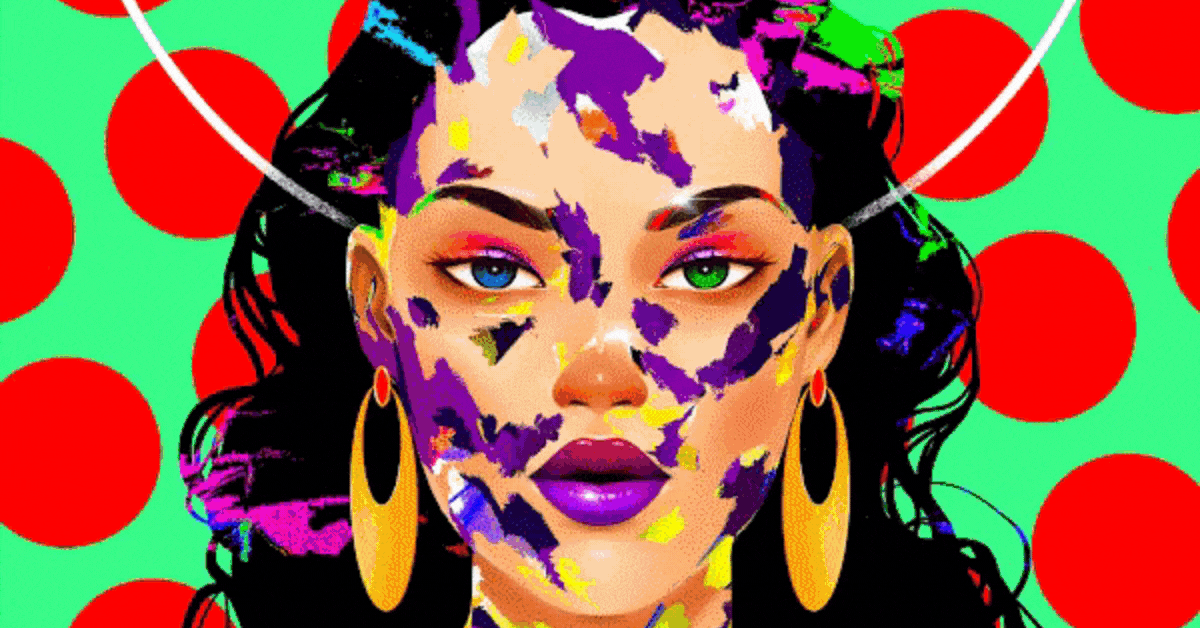
“Getting started and making money with NFTs is not as easy as it looks at first glance. Artists should first familiarize themselves with cryptocurrencies, crypto wallets, and NFT marketplaces. They also need to decide on the marketplace and how to price their art.” – Pavlina Zlateva
Minting NFTs starts with defining your goals, selecting a blockchain, signing up for a crypto wallet, and purchasing some cryptocurrency.
The largest and most popular for NFTs is Ethereum but there are many other blockchains that hold NFTs, such as Binance Smart Chain and Polkadot. When looking at the different blockchain solutions available, some factors to consider are the types of cryptocurrencies that the majority of your customers own and transaction fees, which also include gas fees from energy usage in mining cryptocurrency. For eco-conscious consumers, choosing a blockchain with a lower environmental impact is another important factor. Then, depending on the blockchain you have chosen, artists need to check and create a compatible digital wallet.
After going through steps 1-4 detailed here, it’s time to choose a platform. Some popular ones include OpenSea, Rarible, and Mintable, but the offer is larger.
“It is important that the artist researches the marketplace before starting, based on specific criteria and their own preferences.” – Cosmin Voisan
Cosmin further suggested some key criteria to consider when choosing a platform.
• Platform Security: Some platforms are more secure than others but based on historical data an artist can check if a NFT Marketplace is reliable from a security point of view. If it was hacked, it’s important to see what actions the marketplace took to increase platform security.
• Minting Fees: These refer to the fees that are paid by the artist when tokenizing his work. They include platform fees and blockchain fees. Blockchain fees fluctuate depending on the price of the underlying blockchain used and the network demand. Lately, more and more NFT marketplaces are offering zero gas minting, meaning that the artist doesn’t need to pay blockchain fees when minting. In this case the artist will pay a percentage to the marketplace after the work has been sold.
• Community Size: The community is the beating heart of every project. If a marketplace doesn’t have a strong community, then there is a small chance that it will have visibility and activity.
• Volume: This refers to the volume and value of transactions achieved in the marketplace. It can be understood as an indicator for activity on a platform.
• Floor Price: This is the minimum price at which the NFT can be purchased. The higher the floor price, the higher the prices expected when selling the NFTs on a specific marketplace.
• Drop Frequency: A drop is a timed release of a NFT collection or the time and date when the NFTs will be available for purchase to investors. If a drop from a specific artist is too frequent then it can become too common for the buyers if the artist is not a well-established name; on the other hand, if a drop is too seldom then the artist might wait too long in order to sell and monetize his works.
Finally, after creating a profile and linking the crypto wallet, artists can start uploading their digital art as NFTs. But that’s not all.
Why NFTs don’t sell and how to make sure yours do
Some NFT success stories are so astonishing that they have definitely shunned a hero light on the new artwork market. Yet, as Pavlina explains, almost all of the high-priced pieces have been sold via auction houses like Christie’s and Sotheby’s or promoted by the NFT marketplace itself due to the popularity of the artists.
“The NFT market is like any other market and involves a certain amount of marketing efforts in order for a project to be successful. With millions of digital pieces being offered at various marketplaces, no one can expect to be noticed by collectors without promoting their art.” – Pavlina Zlateva
The market is still in its early days. Not everyone knows what NFTs are and how (or why) they can buy them. Even famous artists with a large social media following need to first educate their audiences.
“We saw the space creating hero artists and bluechip projects, and then consolidating around them. It’s getting harder and harder to be seen and noticed because of the new artists and projects joining everyday. I would say more than 80% of the projects never make it. Still, new successful projects pop up everyday,” Kaloian Тoshev says.
The large number of NFT listings on major NFT marketplaces makes it difficult for artists to differentiate themselves. That’s why showing utility, building a community, and helping the users connect with the artwork are the next important steps.
Most successful NFTs offer utility. “People buy digital art for a variety of reasons – value (either historical or future), status or prestige, profit, collector’s passion, utility, etc. For an NFT project to be successful, the artist should have a clear idea of their offering and find the right audience to promote their digital art to,” Pavlina Zlateva explains.
To highlight all of these potential gains for an NFT owner, as well as educate the audience, successful NFT projects have created and engaged strong communities around them, on platforms such as Discord and Twitter.
Further on, on platforms like NFTMuseum.io, for instance, artists can create customized virtual NFT exhibitions with help from professional architects and sell their works straight from the exhibition space. “This will help users highlight their exposed works by creating a compelling environment, which will offer more intrinsic value to the works,” Cosmin Voisan explains. In other words, it could help users in connecting emotionally with the artwork.
They will also work as a multichain aggregator, allowing users to aggregate all their existing NFTs minted on different chains and marketplaces into one place for maximum efficiency. Now, there are so many different NFT marketplaces, both artists and collectors need to use many different websites in order to make use of their NFTs, Cosmin tells us.
“Do your research, join Twitter, and follow relevant people, observe, and feel the ecosystem. Don’t rush into minting NFTs, first find people that are really interested in your art.” – Kaloian Toshev

